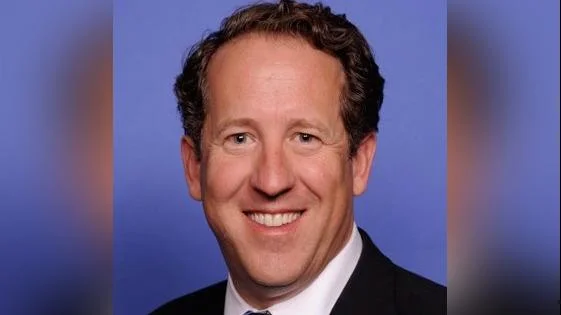Rep. Adrian Smith, U.S. Representative for Nebraska's 3rd District | Twitter Website
Rep. Adrian Smith, U.S. Representative for Nebraska's 3rd District | Twitter Website
Today in Washington, Representatives Adrian Smith (R-NE), John Larson (D-CT), Michelle Fischbach (R-MN), and Jimmy Panetta (D-CA) introduced the Rural Veterinary Workforce Act. The legislation aims to address veterinary service shortages in rural communities. Companion legislation was also introduced in the Senate by Senators Mike Crapo (R-ID) and Tina Smith (D-MN).
Smith stated, “Veterinarians are vital to the work of Americas farmers and ranchers and the integrity of our food supply chain. Yet many areas of the country suffer from lack of access to their services.”
According to Larson, “Veterinarians are essential not just to the health of our beloved pets, but the well-being of livestock and the safety of our food supply in Connecticut and across the country.”
Fischbach added, “The Rural Veterinary Workforce Act will eliminate unnecessary taxes to ensure quality treatment for veterinarians in rural communities like those in Minnesota’s Seventh District so they can continue their important work caring for America’s livestock and maintaining our supply chains.”
Panetta remarked, “Rural communities across the country continue to face shortages of veterinarians, putting strain on farmers, ranchers, and our food supply.”
The bill, supported by several representatives, is also backed by the American Veterinary Medical Association (AVMA). AVMA President Dr. Sandra Faeh commented, “Recruiting and retaining veterinarians through the Rural Veterinary Workforce Act is key to protecting our nation’s food supply, preserving animal welfare, and upholding public health.”
The act seeks to extend the benefits offered to medical practitioners under the National Health Service Corps, where loan repayments are tax-exempt, to the Veterinary Medicine Loan Repayment Program (VMLRP), which currently does not offer such an exemption. This move would align both programs and aid veterinarians opting to serve in shortage areas.
Further details about the bill are available, including an option to read the text of the bill itself.


 Alerts Sign-up
Alerts Sign-up